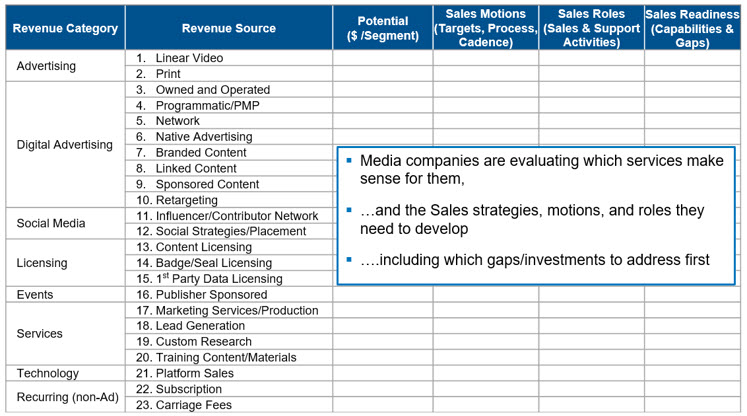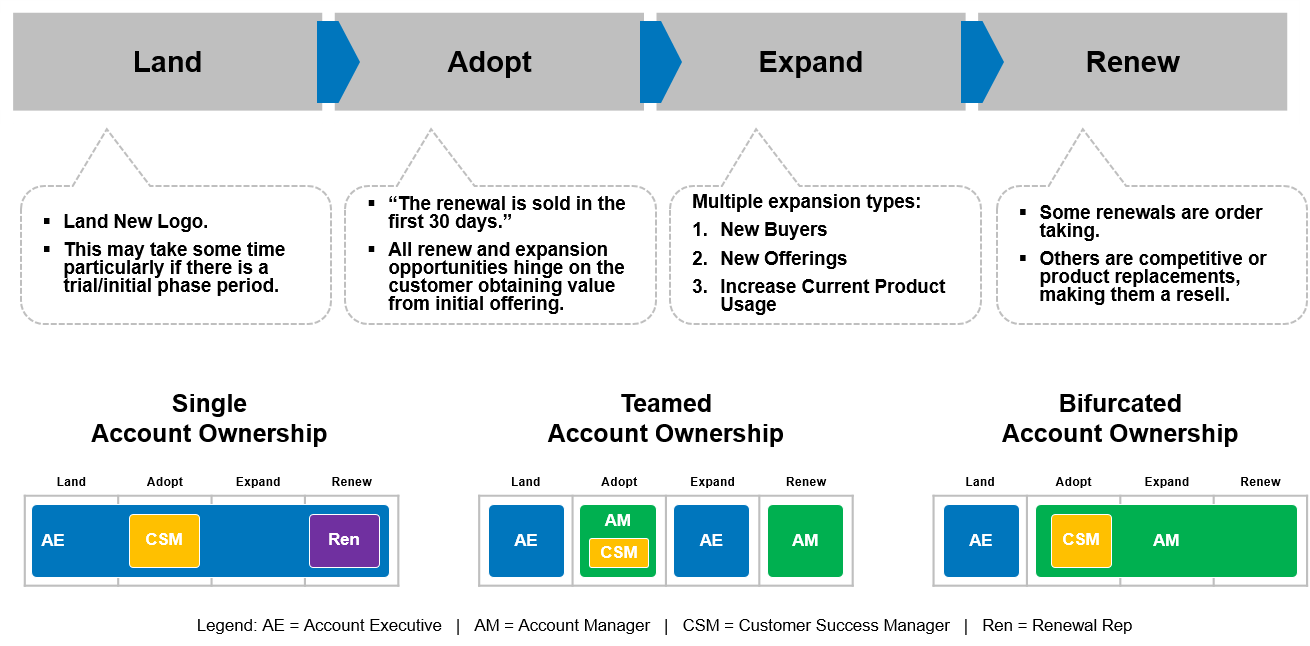Local Media Game Is Changing–Evolution Is Key to Survival

Part 1: Reassess Your Revenue Growth Planning
As digital media customers’ demands shift, local markets must continuously evolve as they seek à la carte solutions to meet buyers’ specific needs. On-demand, capability-based advertising solutions are a strategic way digital ad sales partners are investing time and resources against contemporary XaaS sales models.
What is a capability-based solution? It starts with local publishers weighing the pros and cons of investing in in-house resources (e.g., mobile, creative production, audience targeting) versus finding a partner to provide the solution. The unique needs of local media can be summarized in one statement: Local publishers need to be able to compete with national publishers but often lack the resources to reach audiences and garner engagement as effectively.
So how have digital ad sales partners adapted to this shift? They have taken action by reassessing their strategic revenue growth plans. Alexander Group takes a specific point of view by framing this effort against its successful Revenue Growth Model™: Figure I – Revenue Growth Model
Figure I – Revenue Growth Model
The initial sequence of revenue growth planning is to set the tone for the updated revenue strategy and the framework for the sales org structure. Leadership should consider the following:
- What are our best revenue growth opportunities—defined by customers, products, channels?
- Do we know each revenue segment’s potential?
- Do we have effective value propositions by revenue segment?
- How will our sales, marketing and service organizations coordinate to serve customers?
- What are the right sales, service and field marketing roles? How will they be organized?
- How many heads do we need to achieve aspirational growth targets?
These strategic questions have specific implications in the local environment. The growing segment of local publishers seeking enhanced capabilities has been identified. What can digital ad sales partners do to execute against that charter?
Revenue Strategy: What is the local opportunity and how can partners address it?
The share of wallet and total addressable market (TAM) is directly associated with the portfolio of offerings available. Many digital ad sales partners are dissecting their solutions into relevant packages that allow sellers to address specific local needs. The tactical step at this phase of planning is to model the opportunity by offering.
 Figure II: Illustrative Solution Portfolio Investment Workbook
Figure II: Illustrative Solution Portfolio Investment Workbook
Where are the top populations of local publishers with unique solution needs? What local expertise or knowledge do you need to effectively serve these customers? These determinants feed directly into your unique value messaging. Local publishers want to enhance audience targeting and engagement but cannot absorb the time and cost associated with in-house solution development. Media firms can offer the right combination of specific solutions as a monthly subscription model. This tactic has long been the primary sales model for XaaS companies; it allows sales organizations to flexibly address customer needs, while also building and expanding its solution footprint.
Revenue Structure: What roles do media firms need to execute this new sales model?
Traditional digital campaigns typically aim to serve a singular need or a more narrow performance ROI. The key difference in a subscription-based, or evergreen model, is the publisher’s ongoing demand for the service offering. For example, a local publisher may want to expand its ability to geo-target on mobile devices. A subscription-based sale will focus even more on the “sale after the sale.” XaaS companies typically refer to the subscription sales model as “LAER” – Land, Adopt, Expand and Renew.
 Figure III: Illustrative Subscription Sales Model
Figure III: Illustrative Subscription Sales Model
The singular campaign may not have a definite renewal cycle, thus the opportunity may be more limited. Subscription models are based on the premise that the demand for service has no expiration. Local publishers need access to this capability-based solution in order to maintain relevance to their advertisers. The digital ad sales partner must demonstrate the value immediately within the first month in order to gain long-term access to the customer. How do you demonstrate value in this sales model? There must be rational investment in roles that are designed to focus on service utilization.
 Figure IV: Illustrative Subscription Sales Roles
Figure IV: Illustrative Subscription Sales Roles
As the customer relationship progresses from a newly acquired logo to an existing revenue source, the sales roles must also change. The account executive (AE) landing the account will focus on evangelism of the service and succinct delivery of the updated value proposition(s). Once the customer inks the deal to form a partnership, the onus of the digital ad sales partner changes. There is a crucial introduction of a customer success manager (CSM) that plays a vital role in advocating for customer utilization. The CSM is a hybrid analytical expert and relationship manager that can communicate the performance ROI of the offering, while advocating for customer action.
Once the customer adopts the service, more roles emerge. The sales account manager (AM) provides ongoing customer management in order to improve the AE’s ability to focus on new business. Some digital ad sales models will also call for a renewal specialist to purely focus on the transactional aspects of renewals. This additional role allows AMs more bandwidth to solution-sell and expand the customer’s portfolio investment. The solution portfolio and customer TAM directly impacts the types and number of roles. Now you have identified the local revenue segment, sized the opportunity and designed appropriate roles and coverage models. How can you use the right performance management and sales compensation levers to enable success and reinforce the right behaviors? Part II will focus on the specific sales compensation design considerations that have proven success and responsiveness.
Co-author: Tyler Miller is a consultant in Alexander Group’s Chicago office.

Contact Us
If you need guidance in assessing and transforming your sales organization, please contact the Alexander Group’s media team. Want more insights? Explore Alexander Group Resources.
